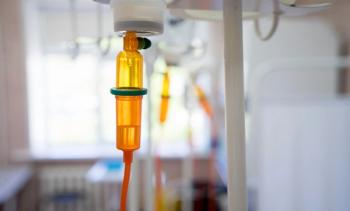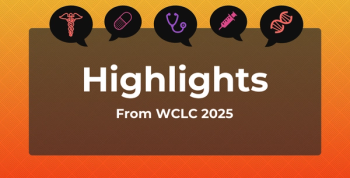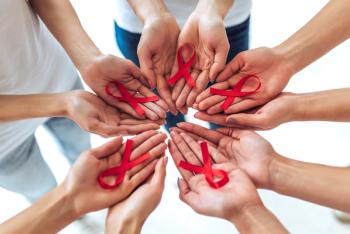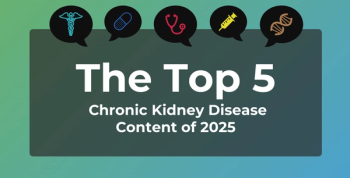
Real-World Data Show Preventive Nirsevimab Reduces Infant RSV Hospitalizations
Key Takeaways
- Nirsevimab significantly reduced respiratory syncytial virus (RSV)–associated hospitalizations in infants during the 2024-2025 season, consistent with previous findings.
- The study used a large dataset, including 409,723 infants, to compare hospitalization rates between treated and untreated groups.
Nirsevimab significantly reduced RSV hospitalizations in infants, reinforcing public health recommendations for its use during the RSV season.
Nirsevimab showed strong effectiveness in reducing
RSV is a leading cause of respiratory infection hospitalization in infants, and risk factors include younger age, prematurity, and medical complexity.2 Since 2023, the CDC has recommended nirsevimab for all infants younger than 8 months entering their first RSV season and for high-risk infants aged 8 to 19 months during the season, excluding those born to vaccinated mothers.3 The new study supports the continued adoption of this strategy.
“To our knowledge, this cohort study is the first study of nirsevimab during the 2024 to 2025 RSV season and has a larger sample than a 2025 meta-analysis,” the authors noted. The retrospective cohort study utilized the Epic Systems Cosmos dataset, which aggregates anonymized data from more than 300 million patients across more than 1700 hospitals and 40,000 clinics in all 50 US states, as well as the District of Columbia, Canada, Lebanon, and Saudi Arabia.
The study included 409,723 infants born between February 1, 2024, and January 31, 2025, to ensure they were followed for at least 2 months during the 2024 to 2025 RSV season, which was defined as October 1, 2024, to March 31, 2025. The study focused on infants younger than 8 months, excluding those aged 8 to 19 months due to data limitations.
Of the included infants, 194,422 (47.5%) received nirsevimab. Patients were stratified into cohorts based on nirsevimab administration to compare RSV-associated hospitalization outcomes.
The data showed a substantial difference in hospitalization rates between treated and untreated infants. Only 0.4% (850 out of 194,422) of patients who received nirsevimab underwent RSV-associated hospitalization, while 1.2% (2,535 out of 215,301) of untreated patients were hospitalized for RSV. This difference was statistically significant (P < .001). The maximum estimated daily hospitalization rate for RSV was significantly lower in the treated group: 2.90 (95% CI, 2.42-3.38) per 100,000 treated infants vs 13.84 (95% CI, 13.16-14.53) per 100,000 untreated infants.
The unadjusted HR for RSV-associated hospitalization after treatment was 0.29 (95% CI, 0.26-0.32). After adjusting for factors like chronologic age, gestational age, Social Vulnerability Index, and complex chronic conditions (cardiovascular, neurologic, and respiratory), the adjusted HR was even lower: 0.23 (95% CI, 0.21-0.26). These hazard ratios demonstrate an approximately 71% to 77% lower risk of RSV-associated hospitalization compared with untreated infants.
The study's results offer strong evidence that nirsevimab remains an effective tool to reduce RSV-associated hospitalization in infants. The reduction in hospitalization found in the 2024-2025 season is similar to what was reported during the 2023-2024 RSV season.
Despite limitations inherent to a retrospective cohort study, such as the potential for uncaptured nirsevimab administration outside the health system or missing maternal RSV vaccine information—which the authors suggest may bias the results toward the null—the researchers concluded that public health groups should continue to recommend nirsevimab.
References
1. Pelletier JH, Rush SZ, Robinette E, et al. Nirsevimab administration and RSV hospitalization in the 2024-2025 season. JAMA Netw Open. Published online September 2, 2025. doi:10.1001/jamanetworkopen.2025.33535
2. Pelletier JH, Au AK, Fuhrman D, Clark RSB, Horvat C. Trends in bronchiolitis ICU admissions and ventilation practices: 2010-2019. Pediatrics. 2021;147(6):e2020039115. doi:10.1542/peds.2020-039115
3. Centers for Disease Control and Prevention. RSV immunization guidance for infants and young children. Updated August 18, 2025. Accessed October 16, 2025.
Newsletter
Stay ahead of policy, cost, and value—subscribe to AJMC for expert insights at the intersection of clinical care and health economics.









































